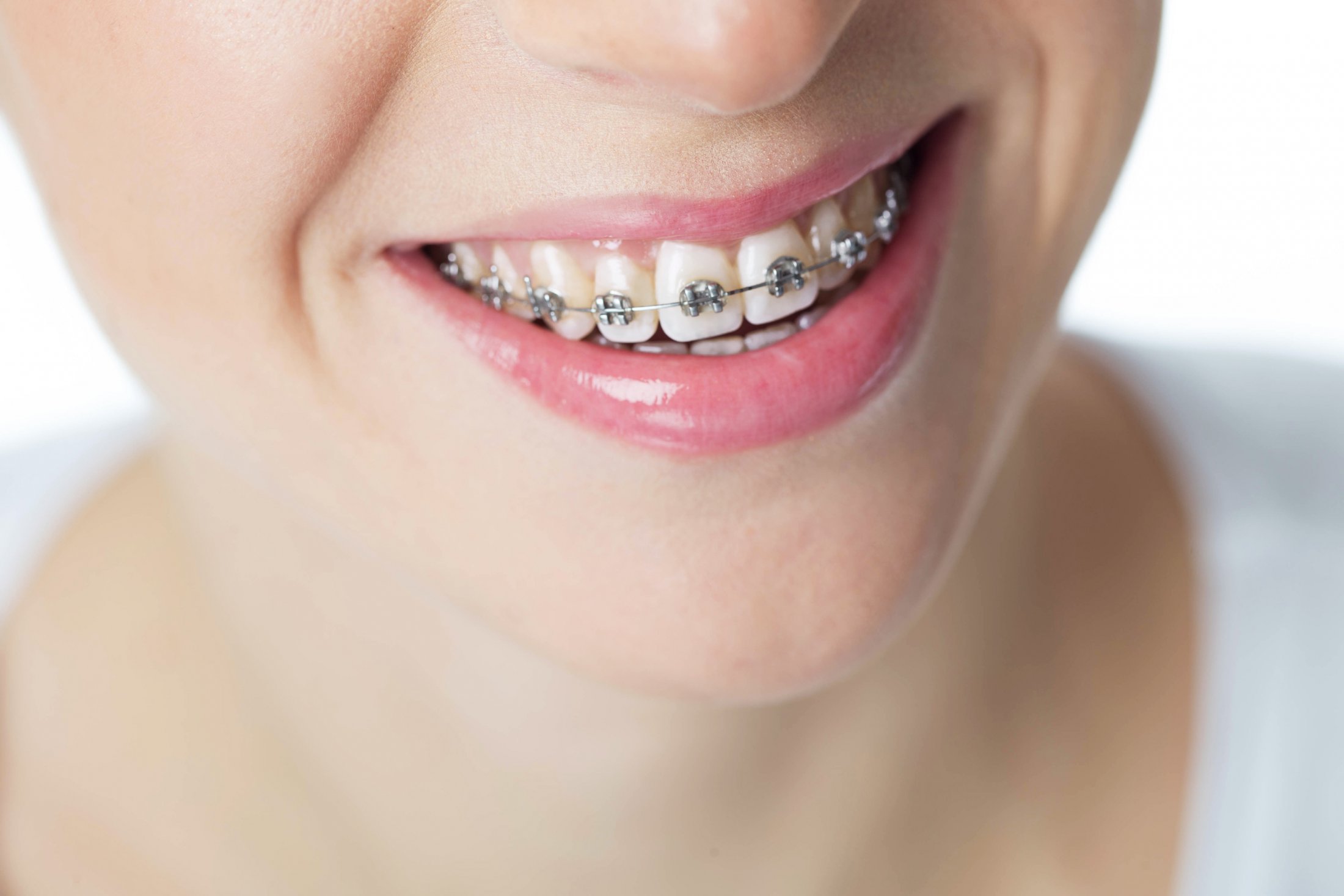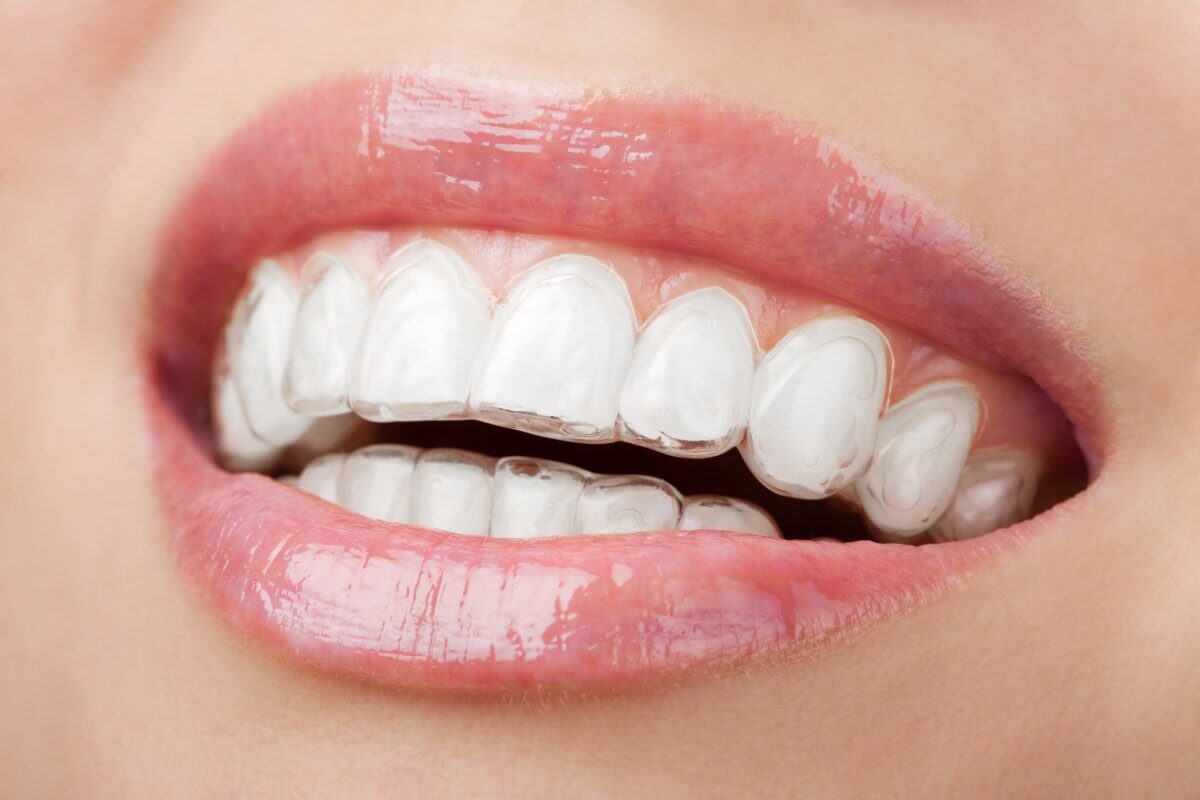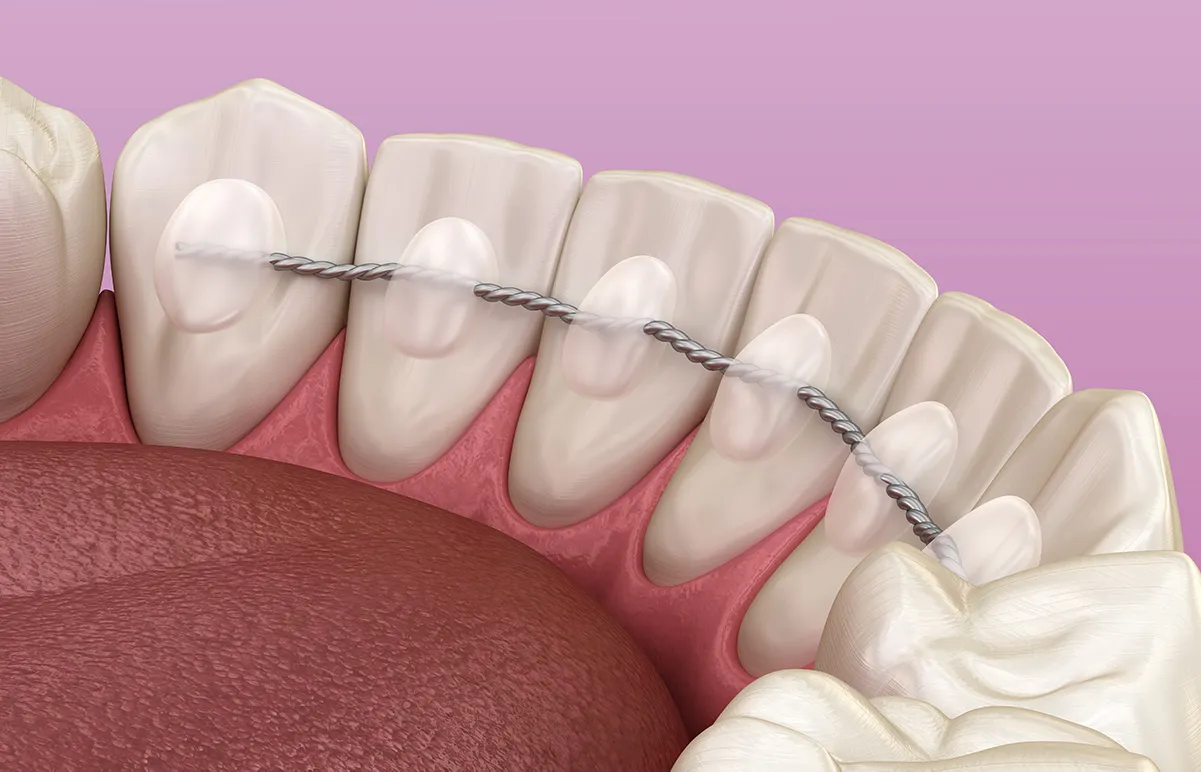CONVENTIONAL ORTHODONTICS: ITS BENEFITS AND TYPES
Are you looking for conventional orthodontics? It is an approach to aligning and straightening an individual’s teeth and jaw. Conventional orthodontics can be a perfect solution if you have misaligned, overlapped, gapped, crooked, or twisted teeth.
This dental treatment includes procedures like metal braces, clear aligners, and removable retainers. Conventional orthodontics corrects so many dental issues and can improve the appearance of your smile. This will help you feel better about yourself, boosting your self-confidence.
When your teeth are in the right place, you’ll feel more comfortable smiling and talking with people. Want to discover more about this incredible dental treatment? If so, then continue with your reading!
TYPES OF CONVENTIONAL ORTHODONTICS
Conventional orthodontics is quite a diverse field and includes multiple types of dental procedures. However, the main purpose of all these treatment methods is to fix the teeth alignment issues. Aside from correcting tooth positioning issues, these oral processes can also save you from severe oral consequences.
When they fix the teeth alignment problems, they close gaps and extra spaces between teeth. When there are no extra spaces between your teeth, plaque, and other harmful particles cannot reside there and affect your oral health.
Moreover, conventional orthodontics also corrects various jaw problems by aligning your teeth. Here are some of the most common types of procedures involved in conventional orthodontics that you need to know about:
1. METAL BRACES
Conventional braces are manufactured from metal or ceramic brackets that are connected by wires and bonded to misaligned teeth. These wires need periodic adjustments for which the wearers must visit their dentist’s office. Metal braces have been used in dentistry for ages and are regarded as the most common type of dental treatment.
These braces offer numerous benefits, one of which is their effectiveness. They can gradually fix a diverse array of oral issues, including:
- gapped,
- crowded,
- misaligned teeth and overbites.
However, the wires of traditional braces are noticeable and can be seen when a person smiles or talks. But if this is not an issue for you, these braces can be a suitable way to reposition your teeth.
2. CLEAR ALIGNERS
Invisalign is another type of conventional orthodontics. This dental treatment has gained significant popularity because the clear aligners are almost invisible. That’s why people wouldn’t have any idea that you’re wearing them.
Yes, you heard it right!
These clear aligners are almost impossible to see, so people choose this approach to straightening their teeth.
They are created with a clear, thin plastic material that is custom-molded to fit your teeth. In addition to being invisible, they can also be removed for eating and cleaning purposes. This makes Invisalign the most convenient and comfortable treatment method. You can start this treatment by having a consultation with your dentist. In this session, he will take an impression of your teeth and send them to a dental lab. Within a few days, your clear aligners will be ready to be fitted onto your teeth.
Patients should wear different sets of clear aligners throughout the treatment process. Each set gradually shifts teeth into their correct positions.
However, clear aligners are not recommended for relatively more complicated orthodontic issues. Moreover, this treatment method can take longer to show desired results than traditional braces. Yet, if you are looking for a discreet treatment method for aligning your teeth, clear aligners can be a perfect option for you. But before making up your mind, it is important to discuss it with your oral healthcare practitioner. He will evaluate your overall oral health and will devise a customized treatment plan for you.
3. RETAINERS
After your teeth are aligned through clear aligners or metal braces, your dentist will suggest retainers. These dental devices are custom-made to keep your teeth aligned and in the correct position.
Braces straighten your teeth, and retainers help them remain that way. That’s the reason retainers are as important as aligners or braces.
After your treatment, your dentist will tell you how often you should wear your retainers to prevent your teeth from drifting out of their correct positions.
BENEFITS OF CONVENTIONAL ORTHODONTICS
Conventional orthodontics has so many advantages that you must be aware of:
1. FIX VARIOUS DENTAL ISSUES
Conventional orthodontics offers flexibility by correcting a wide array of oral complications. In addition to straightening your teeth, they can also address issues like crossbites, overbites, or underbites.
These teeth-aligning treatments can also close the unwanted spaces between teeth. This way, it helps you avoid various complex dental issues.
2. THEY ARE MORE AFFORDABLE
Conventional orthodontics are the most affordable dental treatments. They will fix your oral issues without putting a dent in your wallet. Moreover, these procedures are often covered by dental insurance.
Thus, you should check what amount your insurance covers before going for these treatments. Generally, metal braces can cost you somewhere between £1,800 to £3,900. On the other hand, Invisalign prices fall between the bracket of £2,300 to £4,600.
3. THEY PROVIDE ENHANCED ORAL HEALTH
Orthodontics isn’t just about cosmetic appeal. It is equally important for the well-being of your teeth and gums. Straight teeth are easier to clean and maintain, which reduces the risk of cavities, gum disease, and other oral health problems.
CONCLUSION
After exploring the different types of conventional orthodontic treatments, you will better understand their significance and what will suit you. If your teeth are not severely misaligned and you want a discreet treatment option, Invisalign can work best for you. However, if you suffer from serious teeth alignment issues, metal braces will be best.
When choosing the right type of treatment, it’s important to consider individual preferences, orthodontic needs, and the advice of a trusted orthodontist. To make the best decision, consider the benefits and drawbacks of each option.
Also, weigh factors like treatment effectiveness, comfort, maintenance requirements, and overall appearance. By doing so, you can ensure that you make an informed choice that meets your unique needs.














